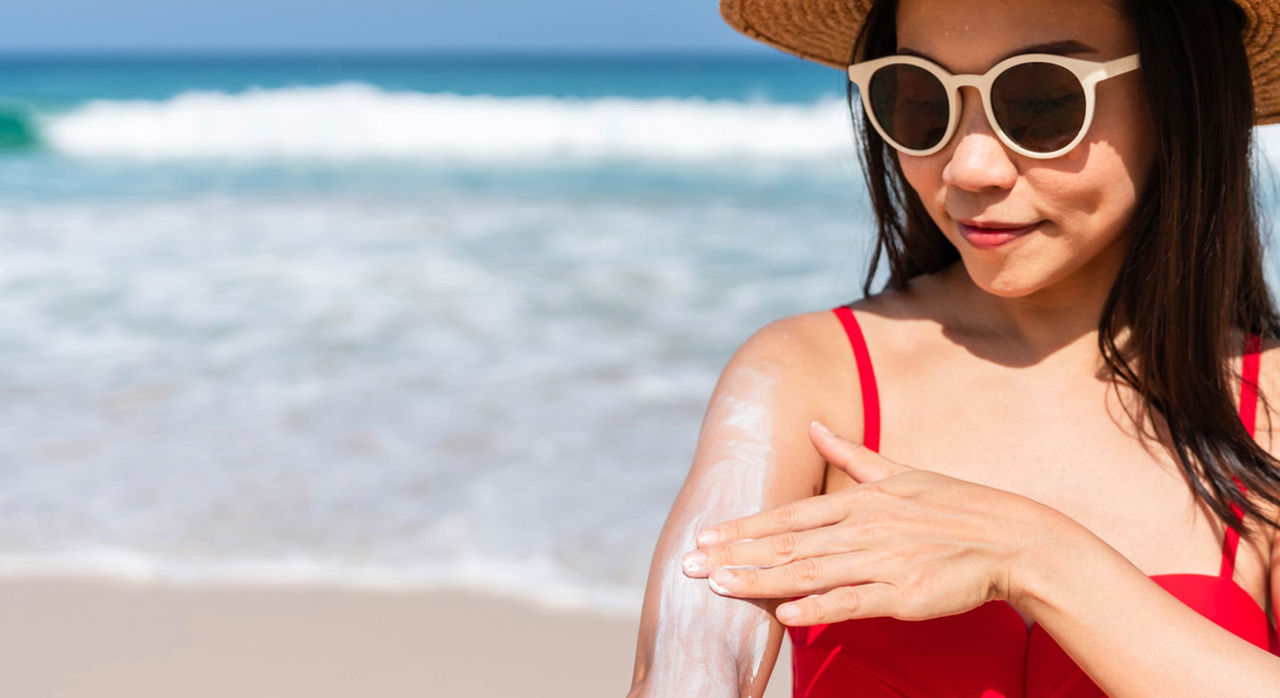-
- Find Care
-
- Visitor Information
- Find a Location
- Shuttles
- Visitor Policies
-
-
- Our Virtual Care Options
- Virtual Urgent Care
- Virtual Visits for Primary & Specialty Care
- Online Second Opinions
- Participate in Research
-
- Contact us
-
- For Innovators
- Commercialization Guide for Innovators
-
-
- Research News
- Alzheimer's Disease
- Artificial Intelligence
-
- Overview
-
- Overview
- Getting Started
- New to Mass General Brigham
- International Patient Services
- What Is Patient Gateway?
- Planning Your Visit
- Find a Doctor (opens link in new tab)
- Appointments
- Patient Resources
- Health & Wellness
- Flu, COVID-19, & RSV
- Billing & Insurance
- Financial Assistance
- Medicare and MassHealth ACOs
- Participate in Research
- Educational Resources
- Visitor Information
- Find a Location
- Shuttles
- Visitor Policies
- Find Care
-
- Overview
- Our Virtual Care Options
- Virtual Urgent Care
- Virtual Visits for Primary & Specialty Care
- Online Second Opinions
-
- Overview
- Participate in Research
-
- Overview
- About Innovation
- About
- Team
- News
- For Industry
- Venture Capital and Investments
- World Medical Innovation Forum (opens link in new tab)
- Featured Licensing Opportunities
- For Innovators
- Commercialization Guide for Innovators
- Contact us
-
- Overview
- Information for Researchers
- Compliance Office
- Research Cores
- Clinical Trials
- Advisory Services
- Featured Research
- Two Centuries of Breakthroughs
- Advances in Motion (opens link in new tab)
- Brigham on a Mission (opens link in new tab)
- Gene and Cell Therapy Institute
- Research News
- Alzheimer's Disease
- Artificial Intelligence
-
- Overview
-
- Overview
- Residency & fellowship programs
- Brigham and Women's Hospital
- Massachusetts General Hospital
- Mass Eye and Ear
- Newton-Wellesley Hospital
- Salem Hospital
- Integrated Mass General Brigham Programs
- Centers of Expertise
- Global & Community Health
- Health Policy & Management
- Healthcare Quality & Patient Safey
- Medical Education
- For trainees
- Prospective trainees
- Incoming trainees
- Current trainees
- Continuing Professional Development
Preventing Skin Damage From UVA and UVB Rays

References to UVA and UVB rays are everywhere, from the sunscreen aisle at the pharmacy to the weather app on your mobile device. But what’s the difference between UVA and UVB rays—and what impact does that have on your skin and health?
Energy from the sun gives us warmth and light. The sun also gives off ultraviolet (UV) radiation that you can’t feel or see. Repeated exposure to UV radiation, specifically UVA and UVB rays, can have harmful—even deadly—effects on your skin, says Shawn Demehri, MD, PhD. Dr. Demehri is a faculty member at the Center for Cancer Research at Mass General Brigham Cancer Institute and director of the Massachusetts General Hospital High Risk Skin Cancer Clinic.
“UV is the strongest carcinogen to humans, even stronger than cigarette smoke,” says Dr. Demehri. The American Cancer Foundation estimates nearly 98,000 people will be diagnosed with melanoma in 2023. Almost 8,000 people will die from it.
UVA vs. UVB rays
Dr. Demehri explains that UVA and UVB rays have different wavelengths that change the way they impact skin:
- UVA: UVA is a longer wavelength that penetrates deeper into the skin, reaching layers beneath the surface. UVA rays are associated with skin aging and inflammation and can lead to skin cancer.
- UVB: Shorter UVB waves cause skin to burn. UVB is a major driver of skin cell mutations that cause skin cancer.
You may see the UV Index noted on weather apps and news reports. This index is the National Weather Service’s forecast for exposure to UV radiation based on location. “While this information is helpful, it’s more important to wear sun protection when you are outdoors during the day, regardless of where you are in the world or what the UV Index is,” emphasizes Dr. Demehri.
How does UV radiation affect skin?
UV rays have many effects on the skin. Some are immediate, while others may not show up for years. The effects of UVA and UVB exposure you feel right away include:
- Tanning: Browning of the skin is your body’s natural protective response to reduce skin damage from UV exposure.
- Sunburn: Skin damage from UV rays appears as warm, red, painful patches that turn to itchy, peeling skin.
Cumulative effects of UV exposure, such as repeated severe sunburns during your lifetime or tanning in a tanning bed, can lead to more severe skin conditions, says Dr. Demehri. These include:
- Skin aging: Fine lines, wrinkles, freckles, and dark spots develop with repeated UV exposure.
- Skin cancer: UV radiation can cause melanoma and non-melanoma skin cancers such as squamous cell carcinoma and basal cell carcinoma. Some skin cancers can spread to other areas of the body if not treated quickly.
Pick the right sun protection
It’s easy to protect your skin from the damaging effects of UVA and UVB rays, once you know how. “Covering your skin with clothing is the best defense against the sun’s rays,” says Dr. Demehri. Look for hats and clothing that block visible light or special sun protective clothing designated by an ultraviolet protection factor (UPF).
Always apply sunscreen to areas of your body you can’t cover with clothes. Sunscreens work one of two ways:
- Reactive: These sunscreens contain chemicals like avobenzone and octisalate that absorb UV rays.
- Reflective: Known as sunblockers, these sunscreens use minerals like titanium dioxide and zinc oxide that naturally reflect UV rays.
Look for sunscreen labels that specify UVA and UVB protection, or products labeled “broad spectrum,” which generally indicates protection from both UVA and UVB rays, says Dr. Demehri.
“If you have any doubt about effectiveness, choose a mineral sunscreen that blocks everything. Those offer the best protection. We recommend it to patients, even though it might leave a visible white patch on the skin when applied,” he adds.
When choosing a sunscreen, it’s important to consider the level of SPF, or sun protection factor. Dr. Demehri suggests sunscreens of at least SPF 30, which blocks over 95% of UV rays. But there’s no need to spend more for more SPF beyond that.
“There’s a steep increase in protection when you go from SPF 15 to SPF 30. But at SPF 30, you are almost at the peak of protection. SPF 50 and SPF 70 don’t add that much more protection,” he says.
With any sunscreen, the key is to reapply it often. “Select something you can afford to use in appropriate quantities. Reapply it every 2 hours when you’re outdoors,” Dr. Demehri advises.
A checklist for preventing skin damage from UV rays
The best way to guard against skin damage is to prevent it. Dr. Demehri offers the following checklist to protect your skin from UV rays:
- Cover skin with clothing that has a tight weave or sun-protective clothing with UPF30+, and remember a hat and sunglasses.
- Wear sunscreen every day, including cloudy days and during the winter. Apply facial moisturizer that has sunscreen every morning, even if you plan to stay indoors.
- Select broad-spectrum SPF30 or greater sunscreen lotion or spray. Mineral-based sunscreens offer the best protection.
- Apply sunscreen 30 minutes or less before you go outdoors and reapply every 2 hours and after swimming or exercising.
- Avoid direct sun between 10 a.m. and 2 p.m. when rays are strongest.
- Never use a tanning bed.
If you have questions or concerns about UV damage or unusual growths on your skin, see a dermatologist. “Most dermatology practices in the United States focus on skin cancer prevention and treatment,” says Dr. Demehri.
